UK Catfishing tackle for sale and wanted (just for Trev) Gear suitable for fishing for wels catfish only please, items will be deleted if not deemed suitable. No advertising unless approved by admin 🙏🏻🎣.. This Facebook group is the official page of the Catfish Conservation group which was founded in 1984 to promote both fishing for and stocking of the Wels Catfish in the UK. The group has its own.
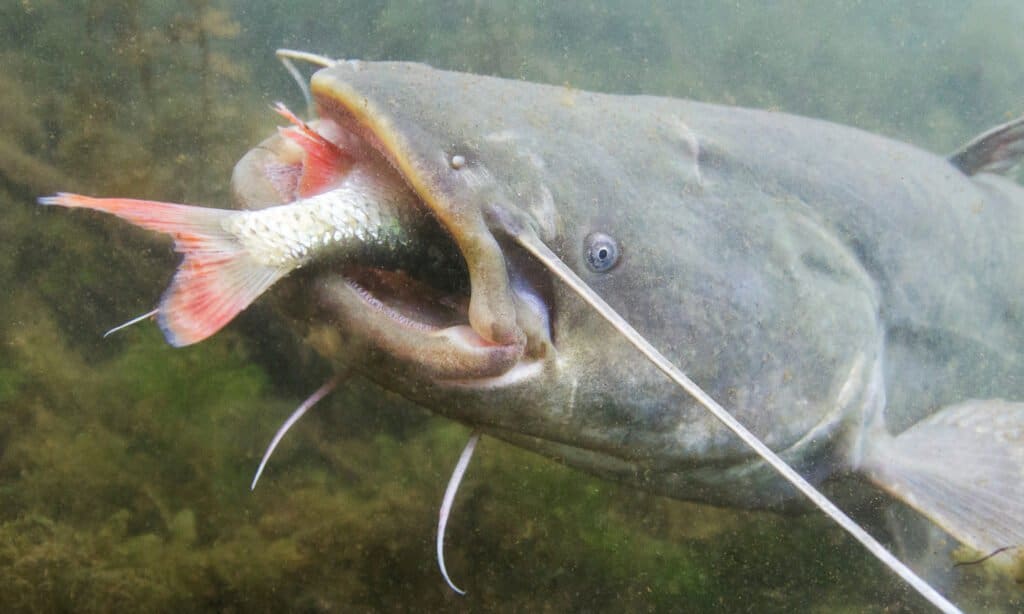
Swai Fish vs Catfish 3 Key Differences Explained AZ Animals

Wels Catfish missouririverfishing River fishing, Wels catfish, Fish

Wels Catfish, Vince, N°4803 Photos de pêche, Peche silure, Photos du
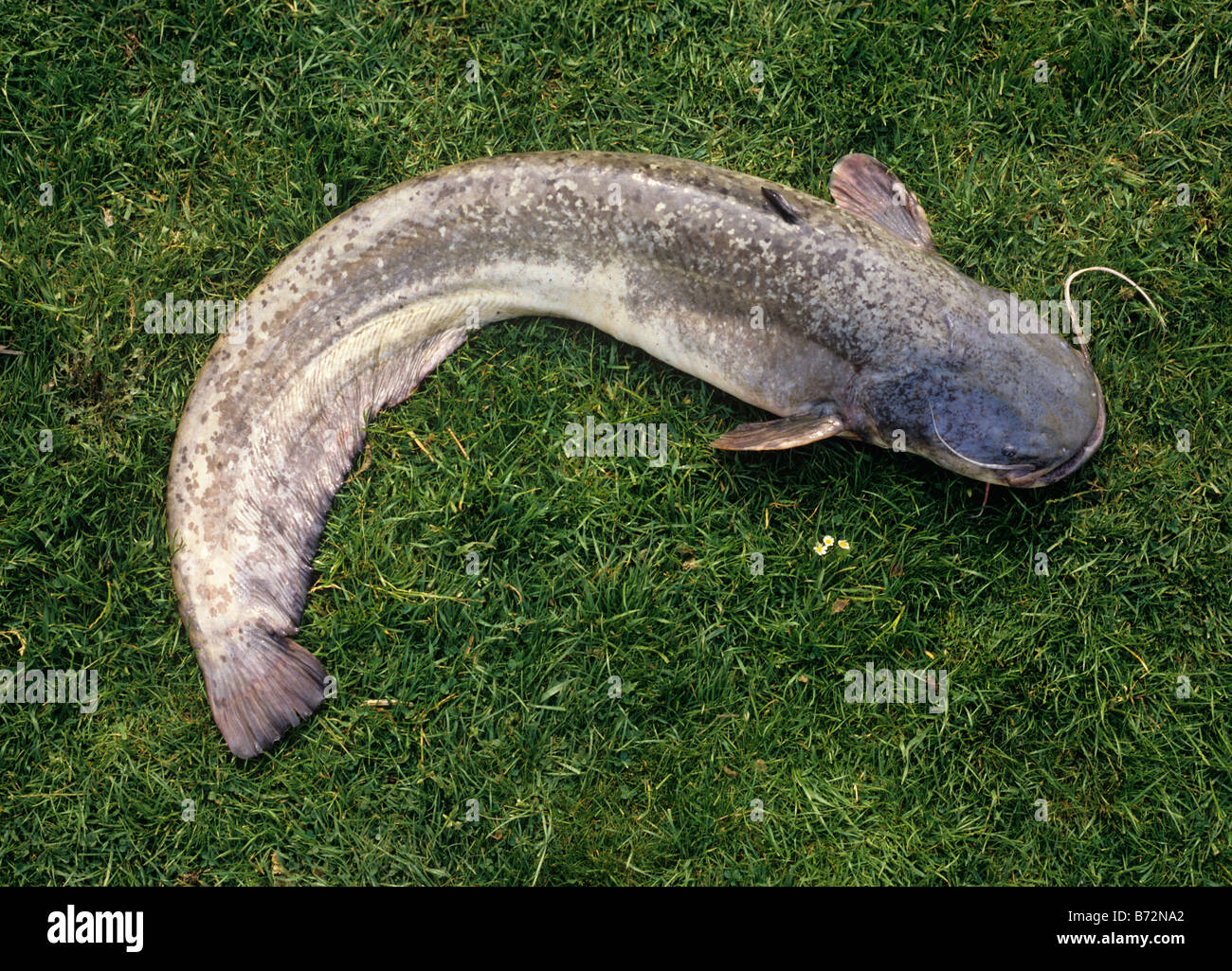
Wels Catfish from Claydon Lakes Buckinghamshire UK photographed 19 June Stock Photo Alamy
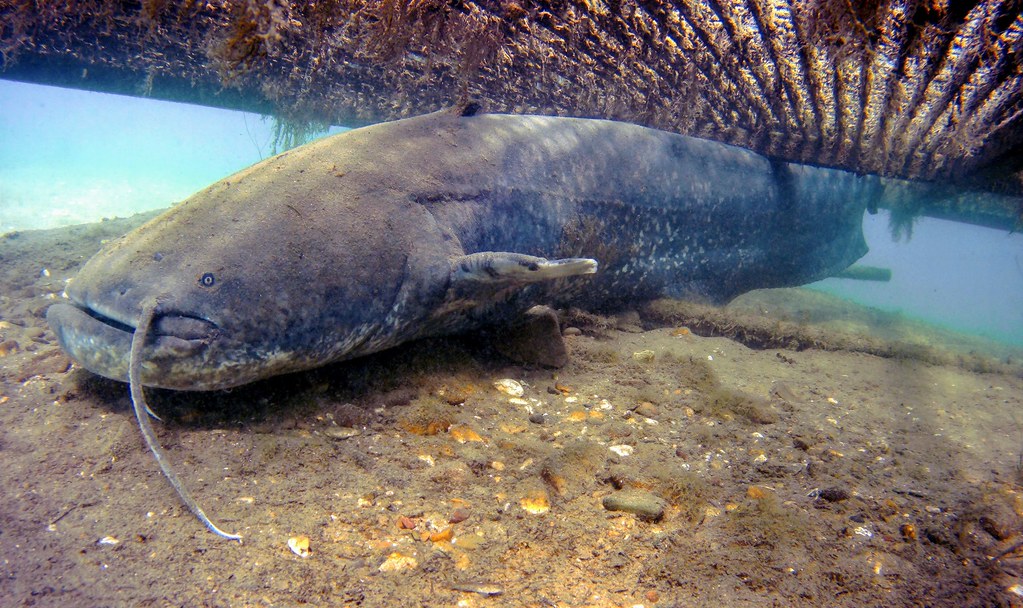
Wels / Catfish Fühlinger See Craebby Crabbson Flickr

European catfish, wels, sheatfish, wels catfish (Silurus glanis Stock Photo 7631707 Alamy
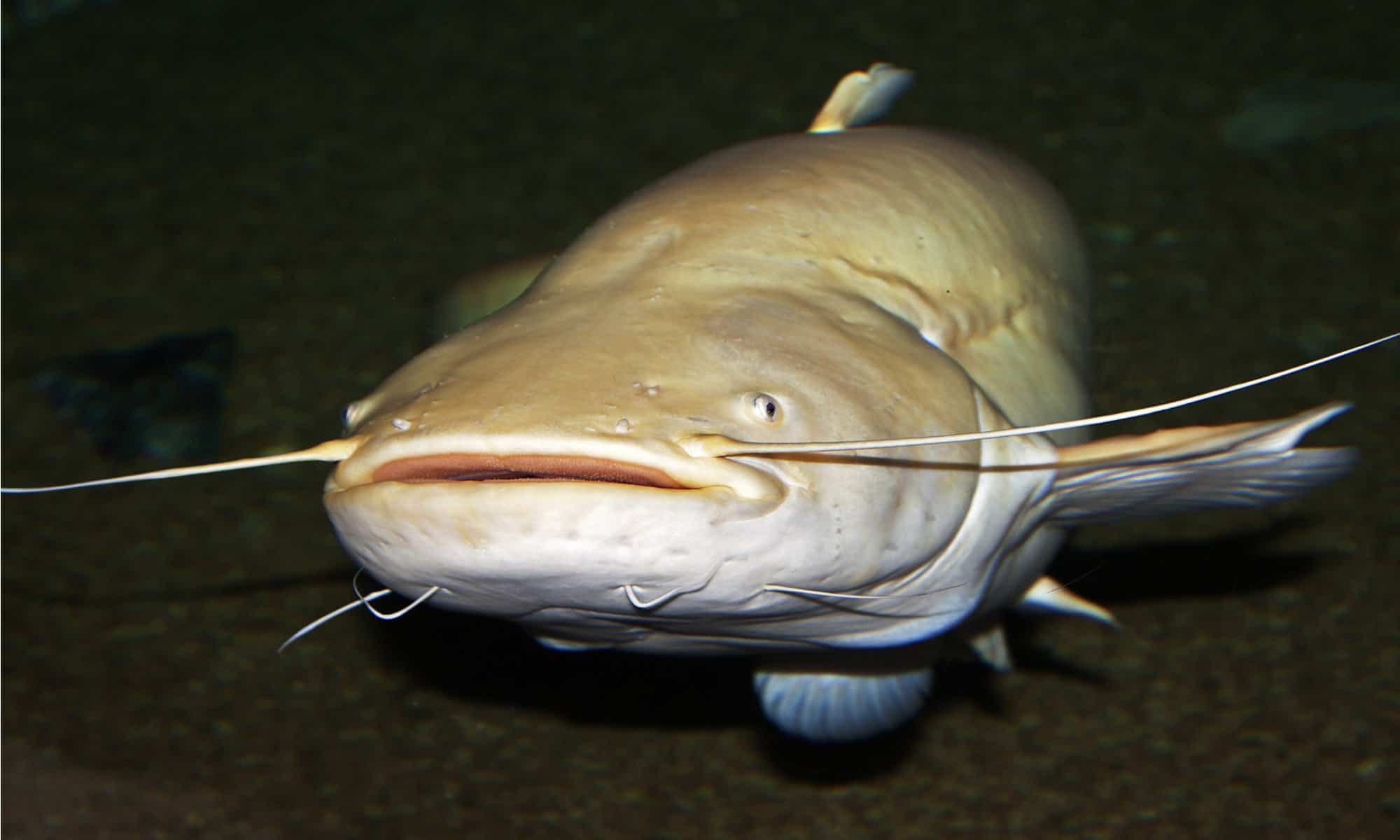
Wels Catfish AZ Animals
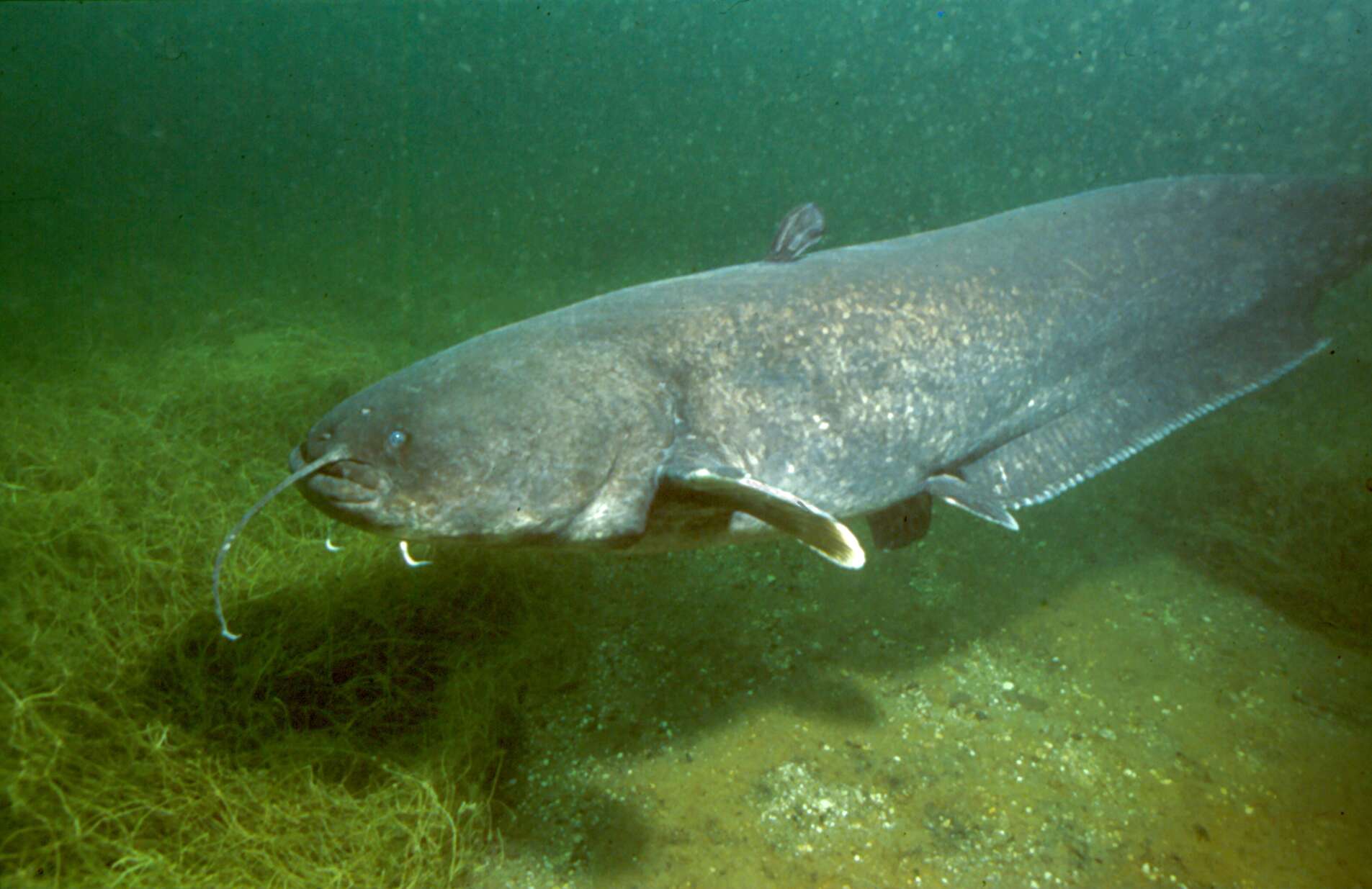
Wels Catfish for sale in UK 39 used Wels Catfishs

2 Wels Catfish 167lbs and 122lbs Wels Catfish from the Ebr… Flickr

Pin on animales

Wels Catfish Tip of the Mitt Watershed Council Catfish, Wels catfish, Underwater photos

Fisherman’s ‘fullon tug of war’ results in fish of a lifetime

Britain's biggest ever Wels Catfish caught in Devon Devon Live
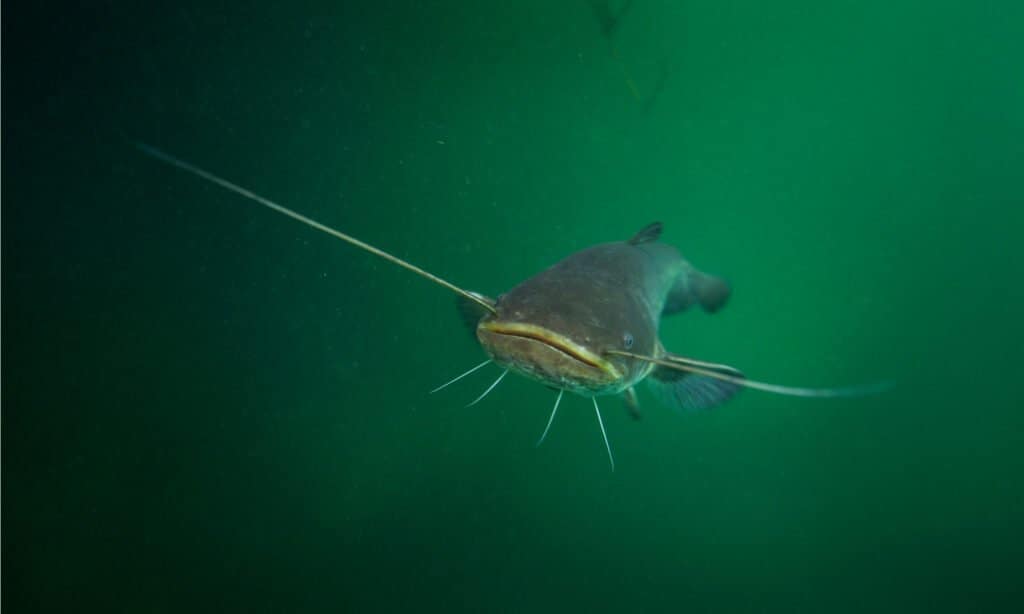
Wels Catfish AZ Animals
PB Wels Catfish, 60lb+ caught at the Essex Manor, UK r/Fishing
15+ Amazing Types of Freshwater Catfishes NatGeo's
I might have caught my new personal best Wels Catfish (230 cm and 81 kg). r/Fishing
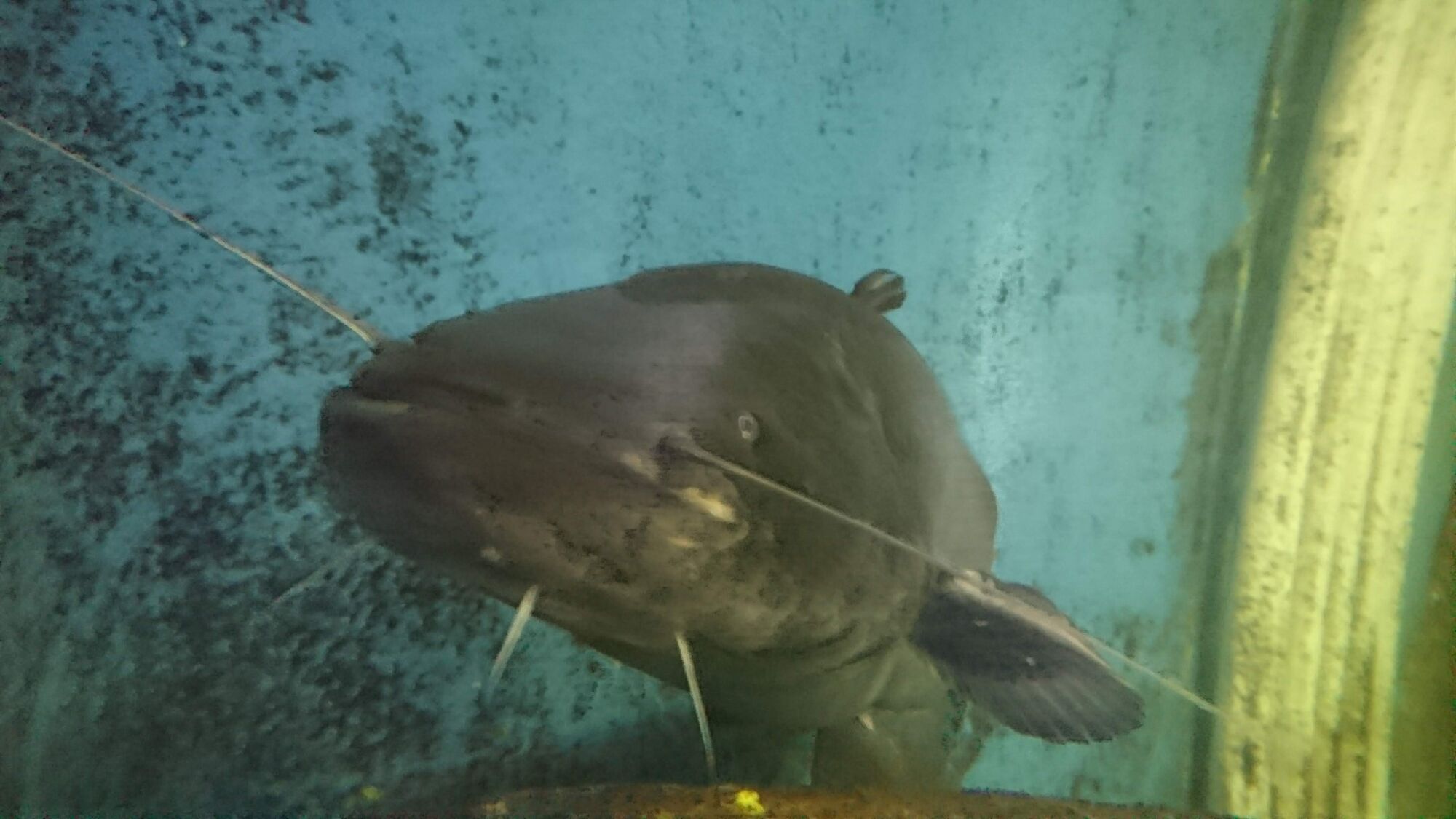
Wels Catfish Animals Wiki Fandom
Albino Wels Catfish 45cm email for price in Wigan, Manchester Gumtree

Wels catfish Dec 10 2016 YouTube
THE CCG (estd. 1984) is the World's first club dedicated to fishing for the wels catfish, (Latin name - Silurus glanis), also called the European or Danubian catfish.They are based in England but have catfishing members all over the World. If you want to know more information about the wels catfish, where to find them and how to catch them, or want to get advice or ideas about specialist.. Diet. A primarily nocturnal, opportunistic carnivore preying mostly on other fishes and crustaceans in nature with amphibians, insects, birds (usually young waterfowl) and, exceptionally, small mammals also taken. In aquaria most specimens readily adapt to dead alternatives such as prawn/shrimp, mussel, squid, whitebait, strips of larger white.